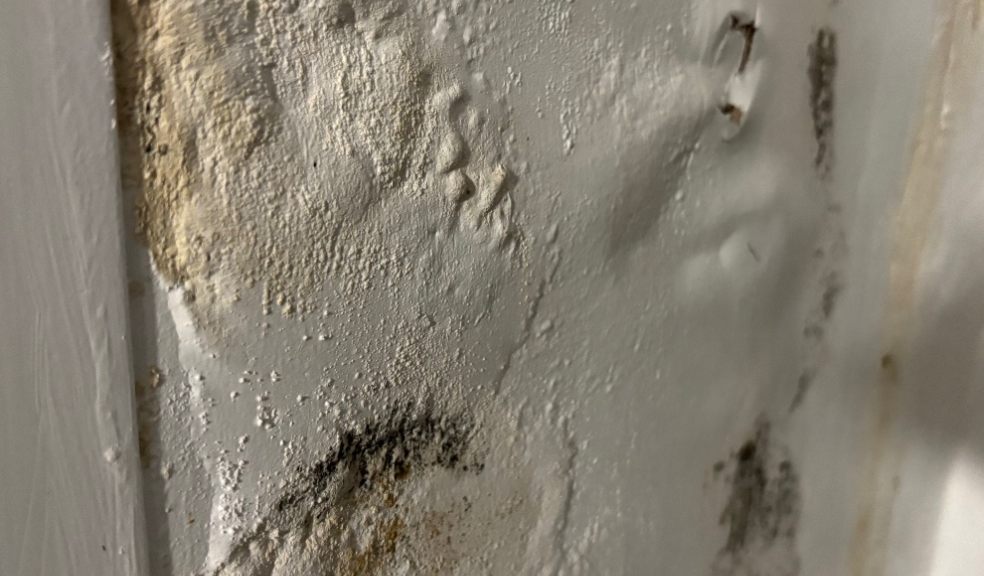
How to Prevent Mould Growth in Homes: Tips for a Healthier Living Space
Mould growth is a common problem in many households, often leading to health issues and structural damage. Preventing mould in your home not only protects your living environment but also ensures the safety and well-being of your family. If you're dealing with mould issues, a professional mould removal service can help eliminate and prevent further infestations. In this guide, we’ll cover effective strategies to keep mould at bay and maintain a healthier home.
Understanding Mould Growth
Mould thrives in damp and poorly ventilated areas. It spreads through tiny spores that float in the air and settle on moist surfaces. The most common areas for mould growth include bathrooms, kitchens, basements, and areas with water leaks. Understanding the causes of mould helps in taking preventive measures before it becomes a major issue.
Tips to Prevent Mould Growth
1. Control Humidity Levels
High humidity is a key factor in mould development. Keep indoor humidity levels between 30-50% using a dehumidifier or air conditioner. Regularly check humidity levels with a hygrometer, especially in rooms prone to moisture. Additionally, avoid activities that introduce excess moisture, such as drying clothes indoors or boiling water without proper ventilation.
2. Improve Ventilation
Proper airflow reduces moisture buildup. Open windows, use exhaust fans in bathrooms and kitchens, and ensure your home is well-ventilated. If you live in a humid area, consider installing trickle vents to allow continuous airflow. Cross-ventilation can be especially helpful in preventing stagnant air, which contributes to mould growth.
3. Fix Water Leaks Promptly
Leaky pipes, roofs, and windows create the perfect conditions for mould growth. Inspect your home for leaks and repair them immediately to prevent excess moisture from accumulating. Check for damp spots on walls and ceilings, as these are signs of hidden leaks that need to be addressed.
4. Dry Wet Areas Immediately
Standing water and damp surfaces encourage mould. Wipe down wet surfaces in the bathroom, kitchen, and laundry room. Dry clothes outside when possible, and avoid leaving damp items indoors. If flooding occurs, ensure that affected areas are dried within 24-48 hours to minimize the risk of mould formation.
5. Use Mould-Resistant Products
If you’re renovating or building, opt for mould-resistant drywall, paint, and insulation. These materials are designed to prevent mould from forming, reducing the risk of future infestations. Anti-mould paint, for example, contains fungicides that help deter mould growth even in high-humidity areas.
6. Clean and Maintain Gutters
Clogged gutters can cause water to seep into your home, leading to moisture buildup. Regularly clean gutters and ensure water is directed away from your foundation. Poor drainage can cause water pooling around your home, creating ideal conditions for mould growth.
7. Keep Your Home Clean
Regular cleaning prevents dust and organic matter from accumulating, which can contribute to mould growth. Use mould-inhibiting cleaning products, especially in high-moisture areas. Pay special attention to areas like bathrooms, where soap scum and moisture create ideal conditions for mould. Additionally, vacuum carpets and rugs frequently, as mould spores can settle into fabric and grow over time.
8. Store Items Properly
Avoid storing items in damp or poorly ventilated spaces, such as basements or attics. Use airtight containers for storage, and keep belongings off the floor to prevent moisture from seeping in. If you store items in a basement, consider using a dehumidifier to keep humidity levels in check.
9. Monitor Indoor Plants
Houseplants can add beauty to your home, but they can also introduce excess moisture. Overwatering plants can create a damp environment that encourages mould growth. To reduce the risk, use soil that drains well and avoid overwatering. You can also add a layer of activated charcoal to the soil to absorb excess moisture and prevent mould from forming.
10. Address Mould Problems Immediately
If you notice small mould spots, clean them immediately with a solution of water and vinegar or a commercial mould remover. For larger infestations, it’s best to seek professional help to ensure thorough removal and prevention. Ignoring a minor mould issue can quickly lead to widespread contamination and potential health risks.
The Health Risks of Mould Exposure
Mould exposure can cause a variety of health problems, particularly for individuals with respiratory conditions, allergies, or weakened immune systems. Symptoms of mould exposure include:
- Sneezing and nasal congestion
- Coughing and throat irritation
- Skin rashes
- Eye irritation
- Asthma attacks in sensitive individuals
Long-term exposure to mould can lead to more serious health complications. This is why it is essential to take mould prevention seriously and address any signs of mould growth immediately.
Professional Mould Removal Services
Despite preventive measures, mould can still develop, especially in hidden areas. If you notice persistent mould growth or experience health issues like allergies and respiratory problems, it’s best to seek professional help. A mould removal specialist can effectively eliminate mould and prevent future occurrences.
Professional mould removal specialists use advanced techniques to detect and remove mould from difficult-to-reach areas. They also provide advice on how to prevent mould from returning, ensuring your home stays mould-free in the long run.
Conclusion
Preventing mould growth in your home requires proactive measures, including controlling humidity, fixing leaks, and ensuring proper ventilation. By following these tips, you can create a healthier living space and reduce the risk of mould-related health issues. If you need expert assistance, consider hiring mould experts to ensure your home remains mould-free. Taking action now will protect both your home and your family’s health in the long term.

















